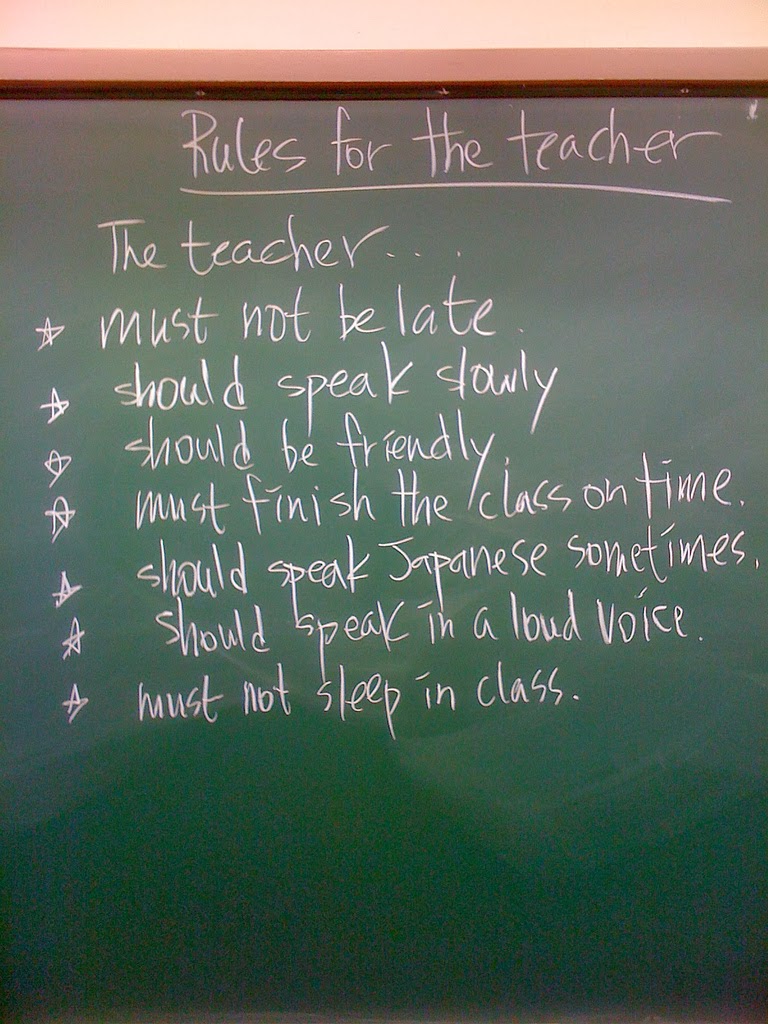Often, students arrive to Bible class having no idea what they may learn that day. In fact, the first ten to fifteen minutes of a forty-five to fifty-five minute Bible class can pass without them learning any new information at all. With religious instructional time at a premium, we can’t afford to waste one minute. So why not have students learning before you even begin teaching the lesson?

Here are six great ways to encourage pre-learning in Bible classes.
- Tease next week’s class. Make it sound exciting to them. Give just info information to get them interested, but not enough so the actual lesson the following week will be a repeat. Take it a step further by encouraging them to share everything they already know about the person or topic. You can do it then, or tell students to be prepared to share before you start the next lesson.
- Start with a guessing game. This works especially well with obscure Bible stories. Give hints about the person or theme the week before on a piece of paper that is sent home. Students are to bring back the sheet the following week with their guess on it.
- Ask them to bring in an item the next week that reminds them of the person or theme. This works well for people like the Apostle Paul who have a lot of information about them in the Bible, but maybe only one or two major stories are featured in your Bible class curriculum. For example, in the case of Paul you may only teach about his conversion. Students, however, could bring in a rubber snake, a boat, a basket or any number of items featured in other stories about his life.
- Write the guiding question for the lesson where students can see it when they first walk in to your room. Give them slips of paper where they can record their guess about the answer, then reveal the answer at the end of class to see if they were correct. (You can find guiding questions for over 200 Bible stories on our website www.teachonereachone.org)
- Bring in a hidden mystery item. If you want to get creative, place it in a box with a hole where students can’t look in to see it, but can reach in their hand to touch it for more information. The item, of course, should be related to the story or theme in some way. For example, in the story of Jacob and Esau, you could bring in wool to represent how Jacob tricked Esau.
- Have items students can explore on arrival. These can also be photos, books, or even food in a pinch (check for allergies first). Or you can have reproductions of Roman coins with the Caesars from the time of the New Testament, shofars, looms or other interesting items for them to touch and examine.
Many children aren’t taught the Bible at home, so we can’t waste one minute of precious Bible class time. Using these ideas can give you a few extra minutes of learning time each week. It’s worth the extra time and effort to prepare them.




